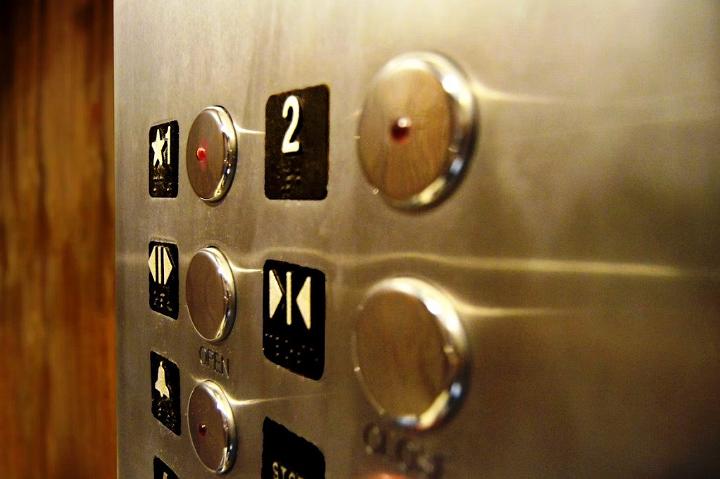For some time now, elevators have been used not only in public and residential buildings but also in private homes. Similar to stairs, elevators enable inter-floor communication, which means that thanks to them, it is possible to move from lower to higher floors and vice versa. The purpose of an elevator in a family home is also greater and easier mobility, and people decide to install it mainly for health reasons, although they can also do it for greater comfort or just a desire.
If you also want to enrich your house with an elevator and you are not sure how to choose the right model for yourself, then keep reading because we are here to help you.

Standard Dimensions of Home Elevators
If you are installing an elevator in the house simply because you have always wanted it, it will be best to deal with it in the design and drawing phase, since the designer will then most easily find the best place and decide on the type of elevator. When working on an elevator project, the function that is usually thought of and becomes basic is the transportation of people in wheelchairs. This also determines the basic standards that will be applied, such as that the cabin must be at least 80 cm wide, and 120 cm long, while the usual height is 210 cm; the door in that case is 80 cm. Dimensions smaller than these are not recommended as the lift will be unusable for its intended purpose. For this type of use, the professionals at Stiltz Lifts South Africa recommend the Trio+ Home Lift, an innovative wheelchair lift, which is ideal for users with walking frames. For such an elevator, it is also necessary to have a corresponding window, the dimensions of which should be 125×130 cm, while the thickness of the walls depends on the type of construction (it can be about 20 cm or less, especially if it is a steel structure). When designing the elevator, a pit that is 10 cm below the level of the lowest point of the finished floor must be foreseen, while the height of the last floor is 280 cm from the finished floor of the last station.
Types of Home Elevators
All elevators can be divided into three types: hydraulic, traction, and pneumatic. Each of these types of elevators has its strengths and weaknesses. A hydraulic lift takes up a lot of space, mainly due to the installation of machinery that drives it. As for the traction elevator, it does not require a separate machine room for its operation since it is started on the principle of counterweight, that is, with the help of a counterweight. The drive equipment is located above the elevator, so additional space will be needed there. The third type is pneumatic elevators that operate using air pressure. They consist of two polycarbonate tubes. The advantage of the pneumatic elevator is that it does not need additional space for the installation of the drive system, so it is most suitable for already finished buildings. The elevator is driven by a pneumatic mechanism placed in a box whose height is only 30 cm.

What If There Is No Room for an Elevator Shaft in the House?
If the space in the house does not meet even the minimum technical requirements, the only possible solution is to place the shaft on the outside of the building, that is, on the facade. Then, on the outside, on the facade, an opening for the elevator door is made so that the interior remains intact. The weakness of this installation of the elevator shaft on the outside of the building is primarily aesthetic, as it affects the appearance of the entire building and its surroundings; but the advantage is somewhat more significant – the statics and architecture of the house remain intact in every respect. Indeed, the installation of the elevator also requires some kind of masonry work, but it is quick. The window for the cabin is generally made as a metal structure, although it can also be made of masonry at the customer’s request.
Price of Home Elevators
The price of a home elevator with construction, doors, communication system, and drive depends on many factors. Given that it is a specific type of elevator that is adapted to a residential building, for this part of the work it is best to immediately contact the company that deals with installation, which will provide the most accurate information when going out to the field.
An elevator in the house is undoubtedly a smart investment, and we hope that after reading this text, you will decide on it more easily and that choosing the ideal elevator for you will not be difficult.




